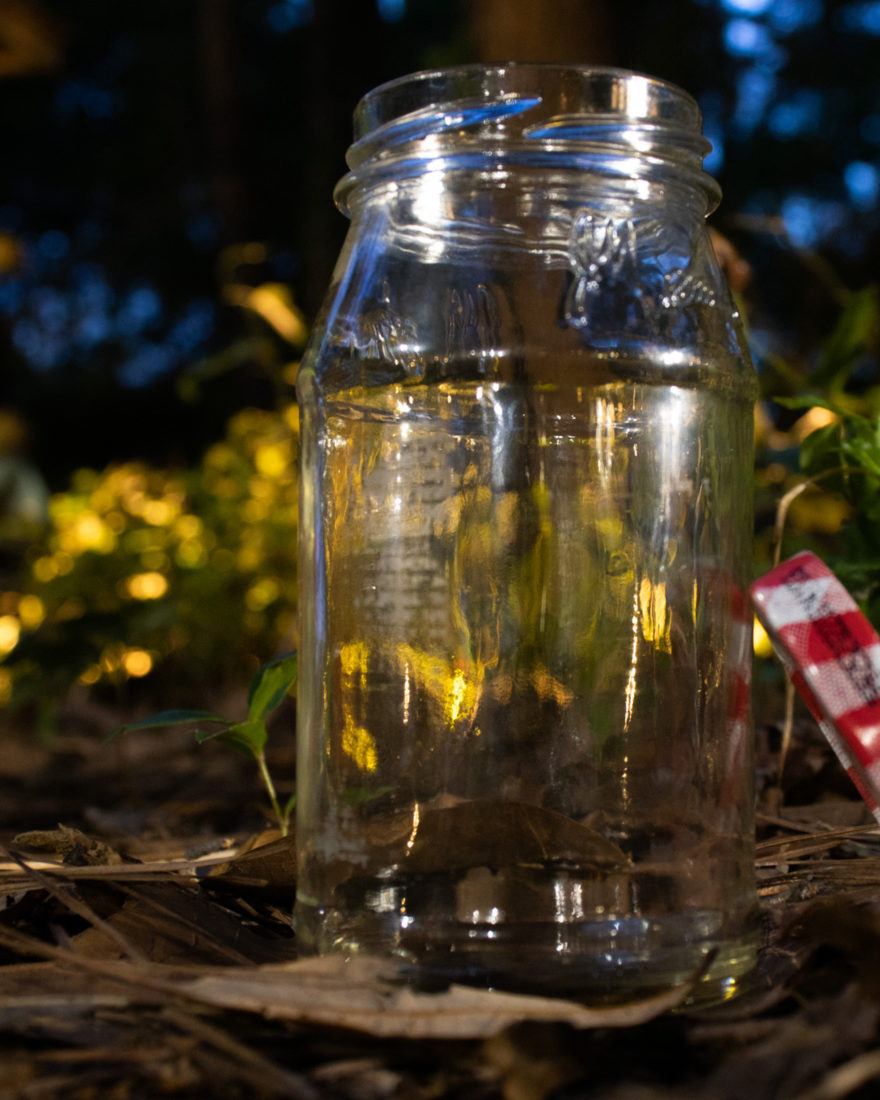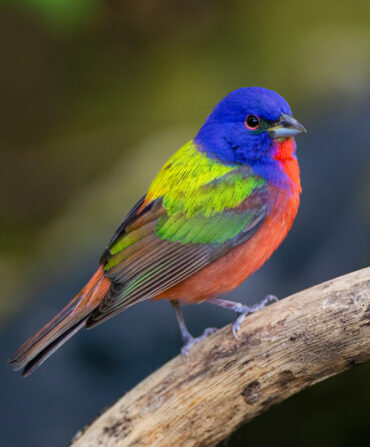For many of us, a lightning bug in a mason jar is a symbol of childhood, the start of summer, or both. And while the South is still one of the best places to see fireflies, people have been reporting fewer and fewer in recent years. Scientists attribute their decline to a combination of habitat loss and light pollution. There’s no reason you can’t still enjoy these beacons of the Southern summer, but there are ways to keep from inadvertently disrupting (or squashing) them—and to up your chances of seeing a dazzling show.

As we enter some of the best months to see lightning bug displays, we talked to naturalist Lynn Frierson Faust, aka “the Lightning Bug Lady,” for a lesson in firefly etiquette. Based in Tennessee, Faust works as an advisory consultant with state and national parks and is the author of the comprehensive guide Fireflies, Glow-worms, and Lightning Bugs. Below, her dos and don’ts for safely enjoying the South’s favorite bug.
Turn Out the Lights
Lightning bugs will avoid lit areas, and light pollution is one of the leading causes of their decline. “The male flashes; the female answers,” Faust explains. “So if there is too much extra light, they simply cannot find one another. A tiny male cannot compete with a floodlight.” Make sure the lights are off before you see the first bugs start lighting up.
Keep It Natural
“When I see a perfectly mown, bright green, chemically treated, weed-free lawn, I know there will be few lightning bugs there,” Faust says. The insects prefer a moist area with diverse vegetation that is allowed to grow wild (what better excuse to avoid yard work?), and it’s best to refrain from any pesticide or herbicide use.
Don’t Be Late
Faust recommends picking out a viewing spot in the daytime and setting up a lawn chair, then returning shortly before dark so that you don’t have to use a light to find your place. “If you must walk in after dark,” she says, “go as dark as possible with a small flashlight pointed to your feet, so it will not affect the flashers or your night vision.”
Tread Carefully
The males are the ones you see flying around and lighting up, while the females are on the ground, watching the display from below. “If lots of people are walking around where the male display is best, they are most likely stepping on signaling females and mating couples hidden on the ground,” Faust explains. So watch your feet, or better yet, be in your lawn chair.
Establish a Catch and Release Policy
“Every child should be allowed to catch some lightning bugs and put them in a jar or mesh bug house,” Faust says. It’s a great way to get kids interested in the outdoors. But when they catch their bugs, keep the container outside and in the shade—air conditioning dries the insects out, as does direct sunlight. And don’t keep them penned up for long. “Children get it when you explain that lightning bugs only live a few days to weeks as adults and need to find a mate to lay their eggs for the next summer’s light show,” Faust says. It’s also important to let them go right where you found them.
Enjoy the Show
In the Southeast, we are lucky to have a high diversity of lightning bugs. There are usually between seven and twenty species in areas where the insects remain, all with their own shapes, sizes, and flashing patterns. “Lightning bugs are still all around us,” Faust says, “if you just open your eyes and look.”








